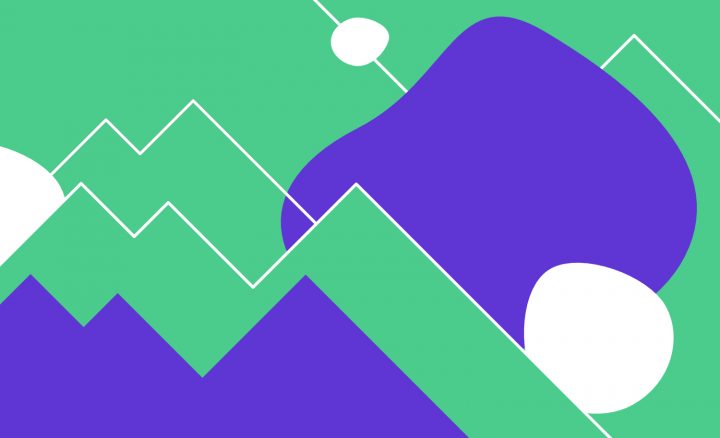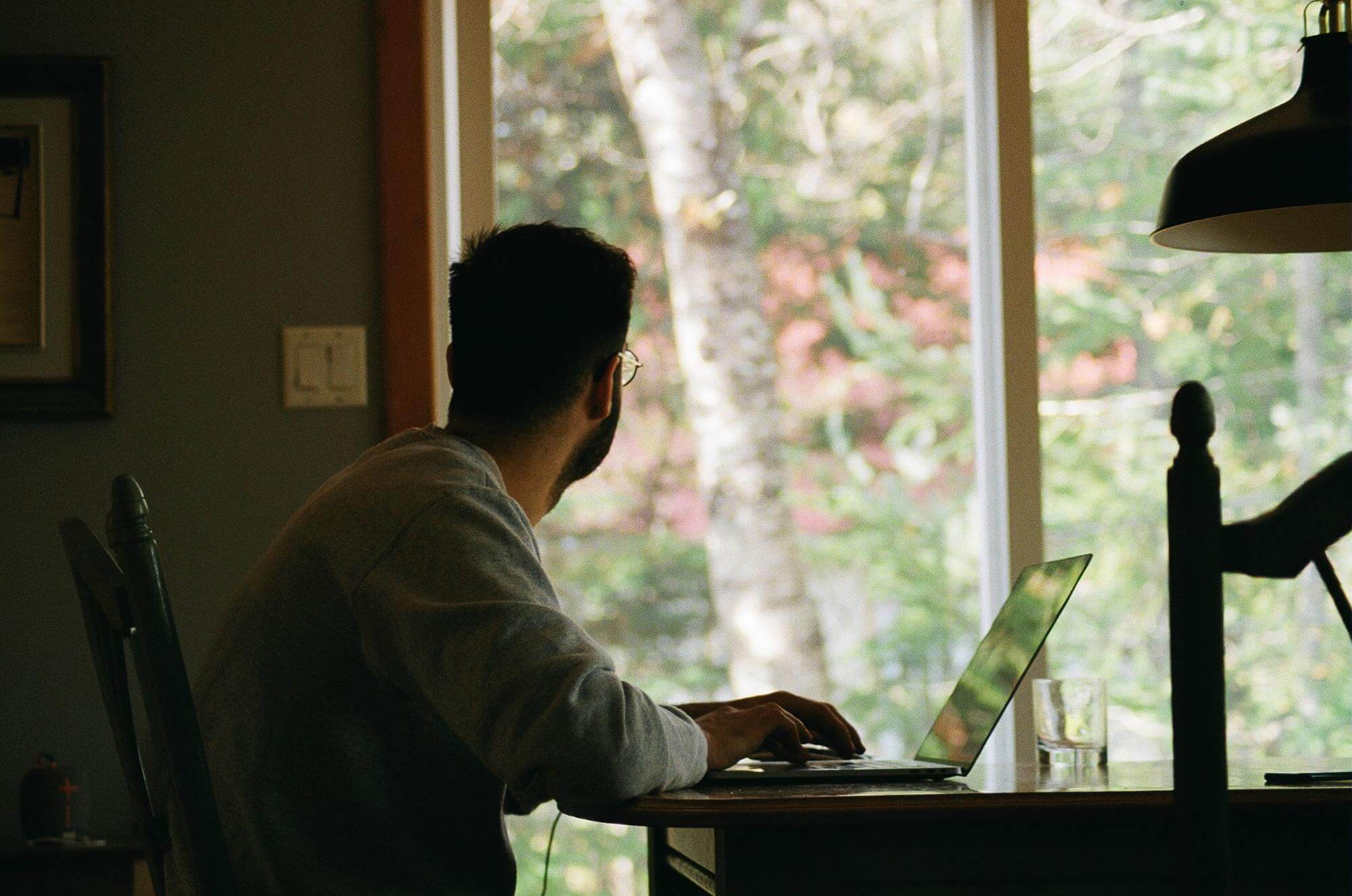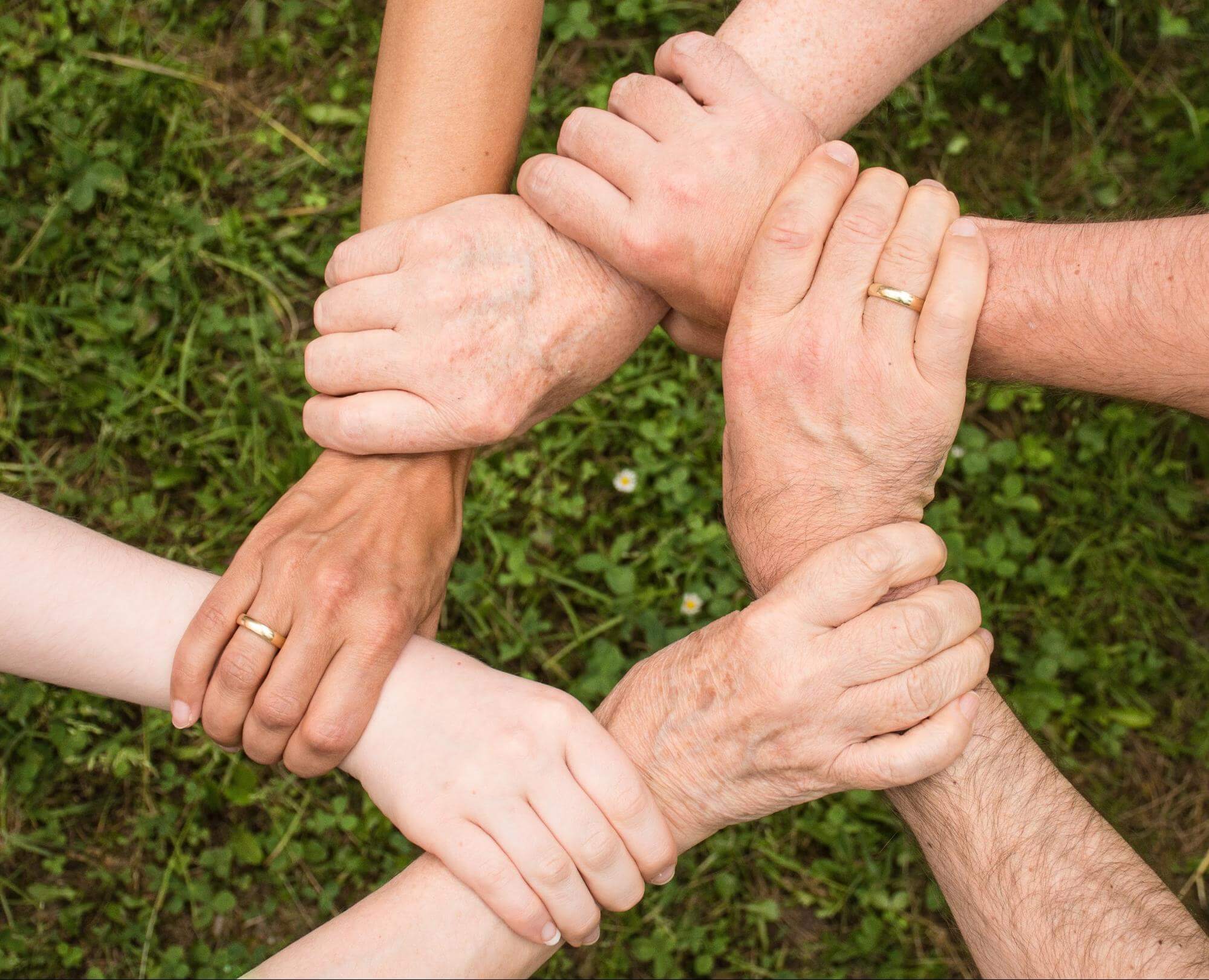

UX Design Trends That Will Shape 2021
source link: https://uxstudioteam.com/ux-blog/ux-trends-2019/
Go to the source link to view the article. You can view the picture content, updated content and better typesetting reading experience. If the link is broken, please click the button below to view the snapshot at that time.

UX Design Trends That Will Shape 2021

Whenever we're close to wrapping a year, that one question inevitably comes up. What will the next year bring? And since we're in this field: what will be the key UX design trends in 2021?
That’s a tough question, even more so after 2020 – a challenging year on all fronts. COVID-19 left its mark on all the world, and on various industries, from travel to music to healthcare. Its impact will linger in 2021 too.
But it’s often life-turning years like these that force us to take a step back and evaluate.
What’s happening in UX design? Are we doing the right things? What’s really important to us, as UX professionals? How can we make change happen? And, as a lesson learned from previous years, how can we make sure it’s a change for the better?
UI design vs UX design trends
We shouldn’t ask those questions only when we’re thinking about how to create products and interfaces that are relevant in 2021. If you’re looking for ideas for that, I highly recommend 2021 UI trends.
While it’s important to keep our products and our visual language updated for the 21st century, it’s also important to go beyond the UI and think about the craft of UX in 2021.
So, we should also ask those questions about the UX design industry overall. For better or for worse, those answers will shape a lot of how we create and the conditions under which we create.
What can we look forward to in the industry?
COVID-19 impact on UX design trends

COVID-19 left its mark early and not in a good way. A lot of companies impacted had to let go of designers and researchers. Uber, Airbnb, Skyscanner are just some of the bigger names that made the news.
Also, COVID-19 forced most of us into home office and remote work, whether we liked it or not. In turn, home office and remote work impacted the way we collaborate, as well as the search for talent. When physical location is no longer an impediment, companies can access more design talent. Similarly, UX professionals have access to more opportunities.
COVID-19 also pushed research into remote as well. With social distancing guidelines and the difficulties of meeting in person, researchers weren’t left with a lot of options. Remote research is the only way to continue gathering insights and keeping in touch with users.
It might be too soon to tell what’s the long-term impact of this. A lot of UX professionals are happy with home office and remote work since they don’t waste so much time and money on commuting. Yet a good part of them still miss the office life.
One thing’s for sure: things won’t go back to how they used to be pre-COVID any time soon.
What we need to do here is to embrace remote or hybrid working environments as well as we can. This includes finding new ways to communicate and collaborate first and foremost. Collaboration and communication are two of the essential ingredients to creating a design that makes an impact and provides value.
The underlying theme of 2021 UX design trends

This brings us to the theme that shapes UX trends in 2021: collaboration.
Whether it’s with developers, marketing, or other stakeholders, collaboration is essential for moving forward. Learning from each other, understanding different points of view, and coming up with solutions together – both on a strategic and on a tactic level is essential to move things forward, especially after the blow dealt by COVID-19.
Also, collaboration is essential for building up everything the pandemic turned upside down. Collaboration is a way to bridge the divide, to make a new beginning, to set the things that needed to be corrected, both in business and in design, straight. It’s needed to build better businesses and better societies.
Any good collaboration starts with honesty. We have to be honest, with ourselves and the world around us. That means acknowledging that, as UX professionals, we don’t always have the answers. More honesty should also push us towards being more understanding of our team members and stakeholders instead of jumping to conclusions.
Supporting UX trends 2021
Here are some things that will contribute to building a strong collaboration between UX professionals and other roles. This includes everyone: developers, testers, product managers, business analysts, and other stakeholders.
1. Focus on collaboration
Like mentioned above, one of the key UX trends in 2021 will be increased collaboration on all sides. It’s not only that product managers need to communicate with developers. And it’s more than developers needing to communicate with designers. All roles within a team need to communicate in order to streamline collaboration.
Time and time again, we’ve seen that the only teams that actually deliver groundbreaking results are the ones that nail down the cross-functional collaboration process. This is easier said than done. And it’s tough to crack without getting bogged down into meetings.
Still, every role brings something important to the table. Designers have the insights that product managers need in order to be distinctive on the market. Developers, on the other hand, know how to make it happen. To get good products in front of users, everyone needs to weigh in. Designers, developers, product managers, and researchers need to collaborate smoothly.
But collaboration shouldn’t be only about the interaction between these roles. It should also happen between departments. For example, design and HR – working together to shape experiences in the workplace. Or design and data – working together to make sure that relevant data is collected in an ethical way.
Last but not least, collaboration should also include stakeholders. Whether it’s executives or upper management, it’s key to communicate often with them. Here, getting to know their priorities and building a stronger relationship are essential.
2. Embrace tools and processes to structure collaboration
While collaboration is essential for UX design moving forward, having the tools and the processes to support that collaboration is crucial. Even with the best intentions, collaboration cannot happen without those. That’s all even more true in bigger organizations where alignment and coordination are important. This also applies in cases where there are dependencies between teams.
The good news here is that we have most of the tools. There are plenty of tools that facilitate the collaboration between designers and developers, making it easier to implement and transform designs into reality – Zeplin, for example.
Also, design systems are a strong step in the structured collaboration direction as a UX trend in 2021. By creating a common language, it is easier to create consistency and coherence in design, making the job easier both for designers and developers.
3. Design is not about design, it’s about the world around us
During a meeting, a colleague summarized nicely: “Designers should work with other roles, they shouldn’t work with designers.” Which made me realize a bit more that design is not about design – it’s about the world around it.
Often, we talk more about a product: what features users want, when they want them. Sometimes, we talk about what problems we solve for the users. However, UX design should also start thinking about context and environment. Because this is where the problems come up and this is where the features we design will be used.
Consequently, an important UX trend for 2021 is to acknowledge that life happens beyond pixels and that there are ecosystems our products live in. Here, UX research will help us figure out how to fit in there better and how we can actually provide value for users.
4. UX design will go beyond pixels
We’ve been talking for a while that UX design should be product design or service design. Both product and service design widen the scope, bringing design beyond pixels. Which is where it should be. However, experience with a product or a service can be separated in the experience users have with the technology connected with that product or service and outside of it. Yet different roles with different responsibilities handle this.
To actually achieve its purpose, UX design needs both technology and non-technology related experiences to be coherent. It is another aspect of collaboration. Products in and of themselves are often meaningless. To create the context that makes our products and services relevant, UX design needs to go beyond pixels. CX, UX, EX – all of them need to work together to create a coherent experience.
5. Making design more inclusive

Besides COVID-19, racism, bias, and sexism have also been strong topics, and for good reason. Design – and especially UX design, shouldn’t discriminate for any reason. If design aims to help people, solve their problems and help them, those things have no room in there. Another key UX design trend for the following year will be to address and eliminate any form of discrimination.
Again, collaboration and honesty are essential to addressing bias or any other issues. To solve these issues, we need to look out carefully to see where these may have sneaked in. In 2021, we should also work towards making UX design inclusive and accessible for everyone, creating safe, reliable experiences that don’t discriminate.
6. New UX roles will slowly mature
Another UX design trend for 2021 is connected to new roles within the industry.
As the industry continues to develop and stabilize, so will the new roles that have appeared in recent years. We’ve already seen UX research move up from usability testing to incorporating discovery, evaluative, and generative research. Additionally, more UX writing and content strategy positions have opened to deal with the increasing complexity of design.
But now that these new roles emerged, 2021 is the time to make them mainstream. This is an important step towards sharing responsibilities and increasing collaboration in order to deliver great products.
7. Redefining the value of design
AI has been a driving force in a lot of fields. With the emergence of those tools in UX design, the question inevitably arises. How can we provide value as UX professionals after we automatize the routine tasks? What can we do when we don’t have to waste time perfecting pixel-perfect design or with hand-overs?
While this might not be the biggest UX design trend in 2021, it will surely emerge in years to come as we see more and more tools automating usability testing and design tasks. With that in mind, it’s never too early to start thinking about the future.
Summing up UX trends 2021
If 2020 brought havok, 2021 will be about repairing what’s been torn apart. It will be a challenging year. But as long as we work together, we can create stronger teams and better products.
Here are the UX design trends we think will mark 2021:
Increased, structured collaboration
Strong collaboration between cross-functional roles is mandatory to build back up everything that COVID tore down. Working closely together, learning from each other in a structured way will be key.
Stabilizing new roles in UX
UX researcher, UX writer, and content strategist roles will mature.
Acknowledging the world around UX
Design is not about design, it’s about the world around us. Let’s take into account context and environment when designing products and services.
Focus on how UX professionals can deliver value
If AI and machine learning start doing the routing jobs for us, how can we create value?
What about you? What do you think will be the defining UX design trends in the following year? Looking forward to your thoughts in the comments below!
Searching for the right product design company?
UX studio has successfully collaborated with over 250 clients worldwide. Is there anything we can do for you at this moment? Let’s get in touch and discuss your current product design challenges.
Our experts would be happy to assist you with product design, UX strategy, user research and testing, and expert training.
Recommend
-
 9
9
Snapchat Shares New Research into How Gen Z Will Shape Future Market Trends Snapchat has published a new report, in partnership with Oxford Econ...
-
 9
9
Tech Trends to Shape Your Product Strategy in 2021Last year, as the UK was coming out of the first lockdown, I hosted a Treatwell webinar event with tech leaders to discuss the tech behaviour trends that came about as a re...
-
 9
9
HR & Recruitment How Current Trends in Human Resource Management Are Sha...
-
 9
9
Managing organizations 9 Trends That Will Shape Work in 2021 and Beyond January 14, 2...
-
 4
4
UX Design, Usability Articles, Course, Books, EventsSkip to content In this technology world, we are moving with fast pace. Our life style...
-
 7
7
Business Trends
-
 10
10
SmartData Collective > Big Data > D...
-
 10
10
7 SecOps Trends That Could Shape Your Security in 2022 November 16, 2021 Global organizations are working towards...
-
 5
5
Top 5 AI Trends That Will Shape 2022 and Beyond Read this...
-
 5
5
10 trends that will shape the Graphic Design industry in 2023Preparing for the Challenges and Opportunities of Tomorrow.Looking ahead to 2023, it’s clear that the industry is he...
About Joyk
Aggregate valuable and interesting links.
Joyk means Joy of geeK